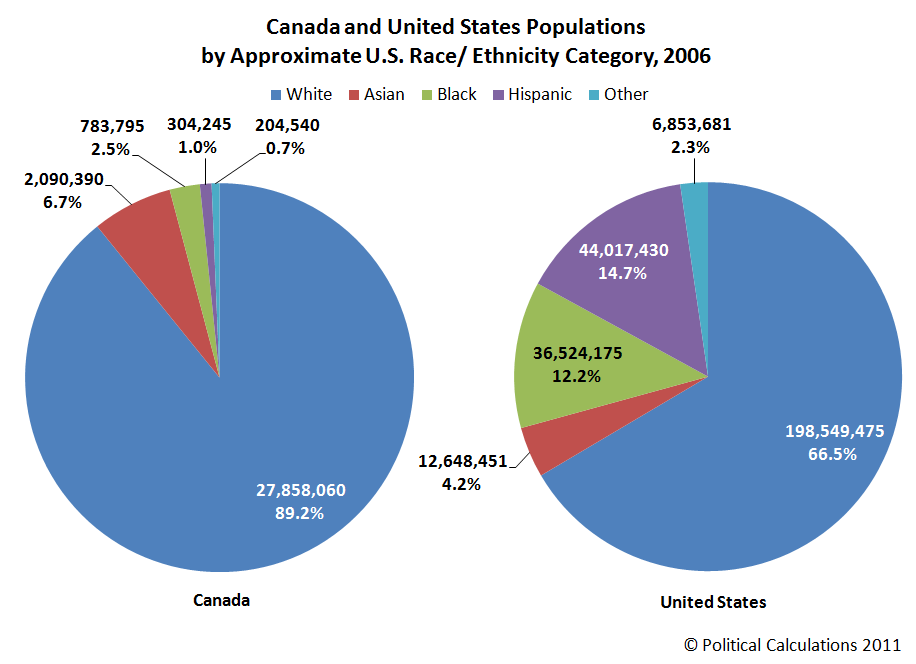Keeping Up With The Business Joneses
One of the most integral things in business is remaining abreast of trends developing politically, socially, and economically. Consider the PlayStation 2 and the Furby. In 2000 and 1999, these items caused Black Friday riots, practically speaking. People awoke at five in the morning and stood in line for hours trying to get their hands on them. Though Furby was released in ’98, the toy had caught on by the following year, and was the “hot item” of the season. Anticipation for the PlayStation 2 had been building since the initial game system hit in ’94. Now these toys were cross-culturally relevant, but their demographic was decidedly younger. It was much less likely that older individuals would buy for themselves; if they were buying, it was for a child or teenager somewhere.
Tiger Electronics and Sony are both well-established companies who have a history of marketing beyond cultural bounds. Sony is a Japanese company, and so had to cut their teeth on non-Japanese markets. Furby was a worldwide sensation–and is still available today. Tiger had the opposite problem of Sony: they had to cater to non-American markets as well. Both companies went with an approach which centralized initial operations around known buying demographics before expanding outward. When targeting diverse markets to facilitate growth, it makes sense to first focus on a market which is a “known quantity”. Sell to those for whom you’ve created the product, and use the profit from initial sales to expand outward. That’s what Sony and Tiger seem to teach us.
A Changing Environment
Keeping abreast of social, economic, and political changes today has probably revealed to the cogent marketeer a number of trends. One which can’t be ignored is the declination of Caucasian buying power over time. The Hispanic population is approximately 55 million right now, or a little under 1/6th of the total American population. A business ignoring this demographic will be ignoring profit. Meanwhile, the black population in America is approximately 17%, or about 54 million. Between the two, these demographics represent around a third of the total buying population in America. And yet another quickly growing subset of the American population comes from Asia. Some sociologists think that Caucasians in America will make up less than half the total population within the next thirty years or so. Such figures, being projected as they are, are very difficult to verify; but given current trends, they definitely have a realism. Cogent marketeers are paying attention to this socioeconomic trend, and gearing marketing efforts at being politically appealing to such steadily-growing populations. Finding multicultural public relations agencies that have built their model of operations around catering to such growing groups is a great way to ensure economic viability within your company over time.
Niche Markets
The twentieth century saw the essential end of broad marketing techniques which had a massive demographic in mind. Today, it’s all about finding a niche, and catering to that niche as successfully as possible. There are many business ventures today who’ve constructed their entire model this way. But a niche is impermanent, and will crumble into itself eventually. What makes more sense is to initially cater to a niche market, then expand as your demographic does. Consider teenage pop-stars. Their audience is going to outgrow them within ten years. If those stars don’t adapt, they sink–there’s a reason each new teenage generation seems to have some new pop idol. Very few are able to make the transition. It’s the same in business, but being attentive to market changes can help ensure continual successful operations.




